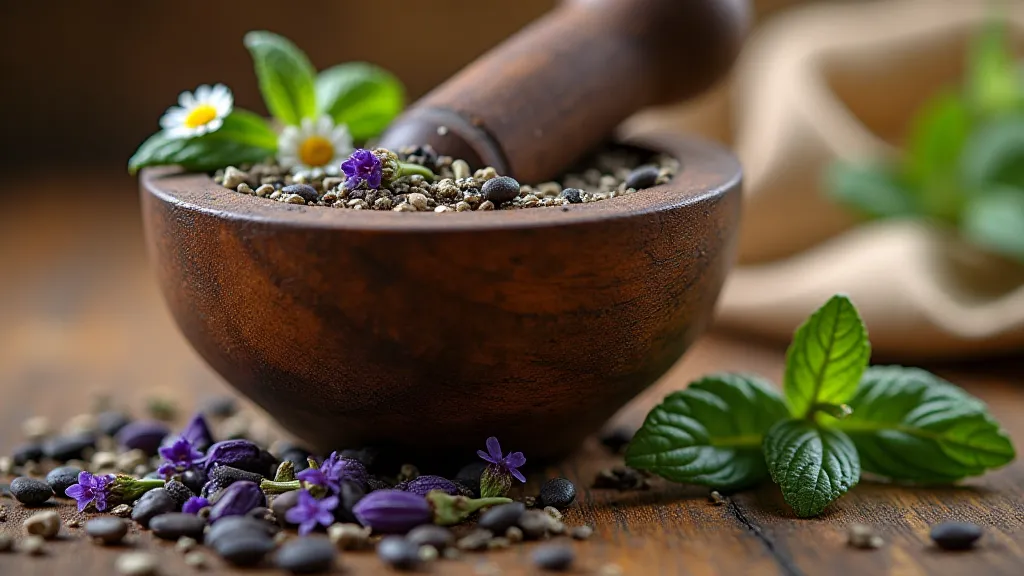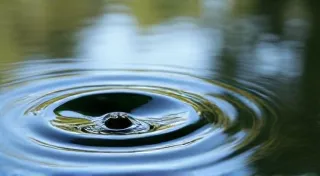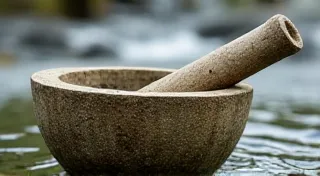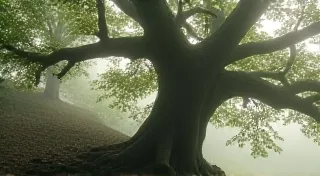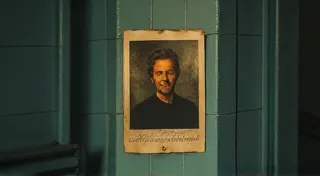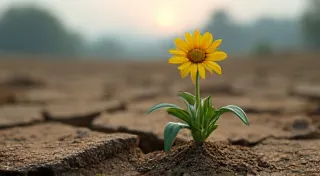The Whispering Roots: Unearthing Ancestral Botanical Wisdom
There’s a certain melancholy beauty in things passed down through generations, isn't there? Not just grand furniture or treasured heirlooms, but the quiet knowledge, the unspoken understandings that permeate a culture. I often think of my grandfather’s antique accordion – its bellows worn smooth by countless melodies, its keys yellowed with age. It wasn’t just an instrument; it was a vessel, carrying the echoes of his father, and his father before him, all playing their songs in the same Carpathian valleys. It’s the same with herbal remedies. They’re not merely concoctions of plants; they’re whispers of ancestors, their wisdom distilled into the very earth and passed down through time.
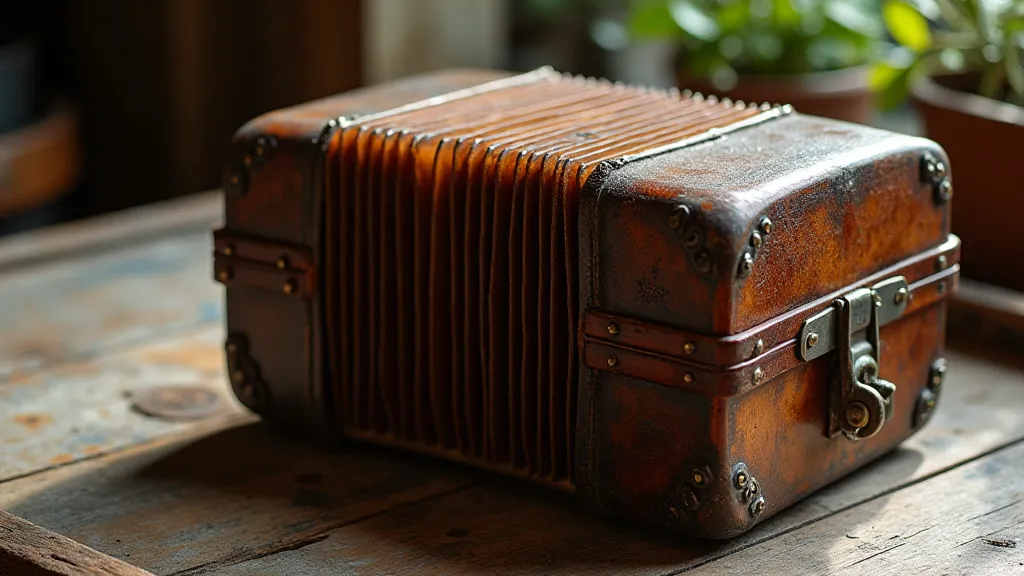
The Dance of Culture and Botany
The efficacy of herbal remedies isn't solely about the chemical compounds within the plants themselves. It's a deeply interwoven tapestry of observation, cultural memory, and the subtle shift in understanding that comes with generational experience. Consider the Sami people of northern Scandinavia. For centuries, they’re relied on *Vuotka*, a tea brewed from willow bark and other local herbs, not just for pain relief but as a spiritual conduit to the land. The knowledge of which plants to use, when to harvest them, and how to prepare them wasn’t passed down through scientific textbooks; it was sung in lullabies, told in stories around the fire, and embodied in the very way of life.
This blending of botanical knowledge and cultural narrative is prevalent across the globe. In the Andes Mountains, indigenous communities have a profound understanding of the high-altitude ecosystem, utilizing plants like *muña* (Minthostachys radicans) for respiratory ailments and digestive support. The preparation and use are often embedded in rituals and ceremonies, reinforcing the plant’s significance within the community's identity. It's a holistic approach that acknowledges the interconnectedness of mind, body, and spirit - a far cry from the often-fragmented perspective of modern medicine.
The Carpathian Legacy: A Personal Connection
My own family's connection to herbalism stems from the Carpathian Mountains of Romania and Ukraine. My grandmother, Baba Elena, was a formidable figure, her hands stained green from harvesting nettles and yarrow. She rarely spoke directly about *why* she used certain plants; instead, she showed me. She’s point to a patch of wild chamomile, explaining, "This soothes the spirit, little one. Helps you sleep soundly after a long day." It was a lesson in both herbalism and intuition.
Baba Elena’s remedies weren't documented in any formal treatise. They were gleaned from the knowledge of her mother, and her mother before her – a lineage stretching back centuries. She used dandelion root for liver support, elderflower for colds, and St. John's Wort for easing anxieties. The beauty of her approach wasn’t in meticulous measurements or scientific validation; it was in the profound trust she held in the earth's inherent healing power and her intimate knowledge of its offerings.
The Art of Harvesting and Preparation
Central to the efficacy of any regional herbal tradition is the art of harvesting. It's not merely about plucking a plant from the ground. It’s about understanding its life cycle, respecting its place within the ecosystem, and harvesting it sustainably. The Sami people, for example, traditionally only harvest a portion of a plant, leaving enough for it to regenerate. Similarly, Carpathian healers often harvest plants at specific lunar phases, believing it influences their potency.
Preparation methods vary widely. In some cultures, plants are dried and powdered; in others, they’re simmered into decoctions or infused into oils. The techniques are passed down orally, with subtle variations reflecting the preferences and experiences of each generation. My grandmother always emphasized the importance of intention when preparing a remedy. “Put your heart into it, little one,” she’s say. “The plant feels your energy.” Whether that's a matter of scientific fact or not, it speaks to the deeply personal nature of these traditions.
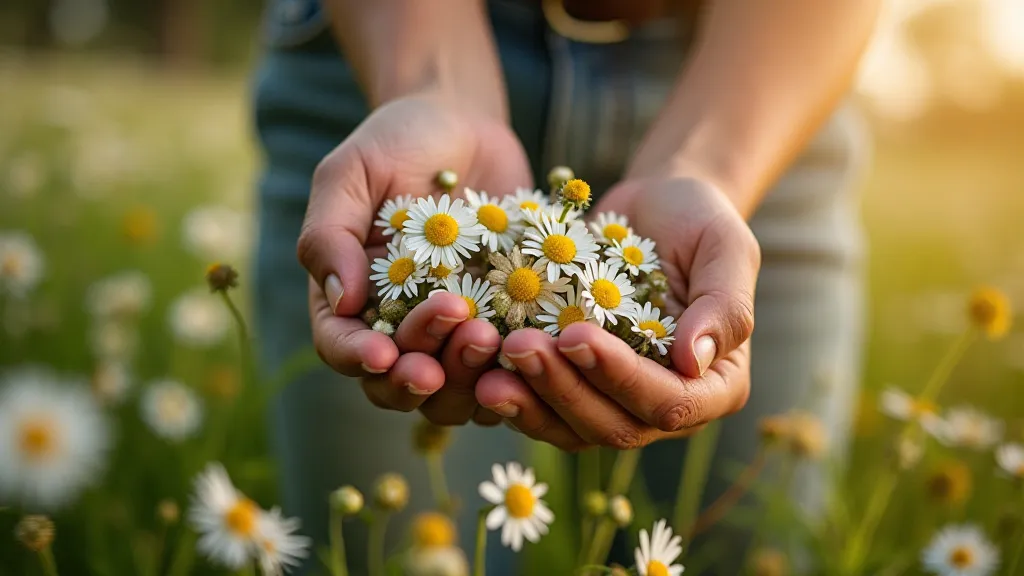
Preservation and the Future of Regional Medicine
The transmission of these ancestral botanical traditions faces significant challenges in the modern world. Globalization, urbanization, and the dominance of Western medicine often overshadow traditional practices. Younger generations, disconnected from the land and the wisdom of their elders, may lose touch with these vital connections. The standardized, fast-paced nature of modern living simply doesn't leave room for the patient observation and deep understanding that regional herbal remedies demand.
However, there’s a growing movement to revitalize and preserve these traditions. Ethnobotanists are documenting the knowledge of indigenous communities, working collaboratively to ensure its survival. Herbalists are seeking out mentors and apprenticeships, immersing themselves in the rich history of regional medicine. Individuals are reconnecting with the land, rediscovering the healing power of plants in their own backyards.
Just as restoring an antique accordion requires careful attention to detail and a deep respect for its history, preserving regional herbal traditions demands a similar approach. It's not about simply replicating recipes; it's about understanding the underlying philosophy, honoring the wisdom of the ancestors, and adapting the knowledge to the challenges of the present. We must recognize that these traditions are not relics of the past, but vital sources of healing and cultural identity, holding the keys to a more sustainable and holistic future. It’s about listening to the whispering roots, and carrying their wisdom forward, one generation at a time.
